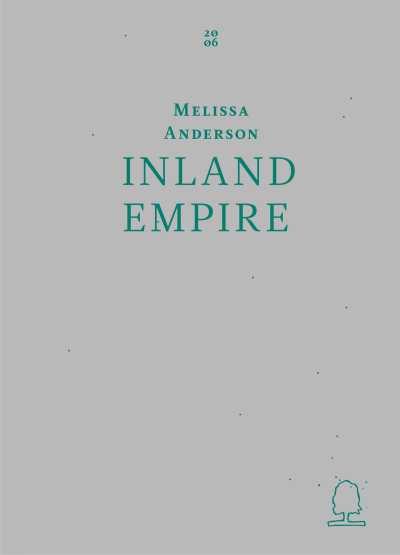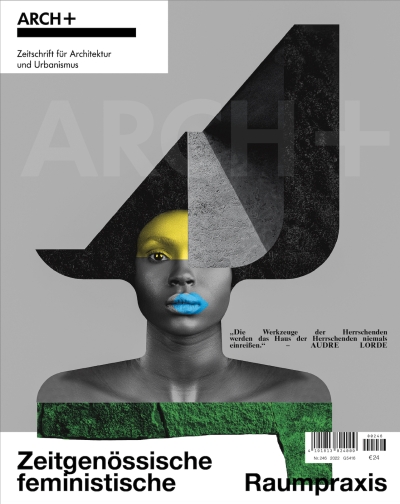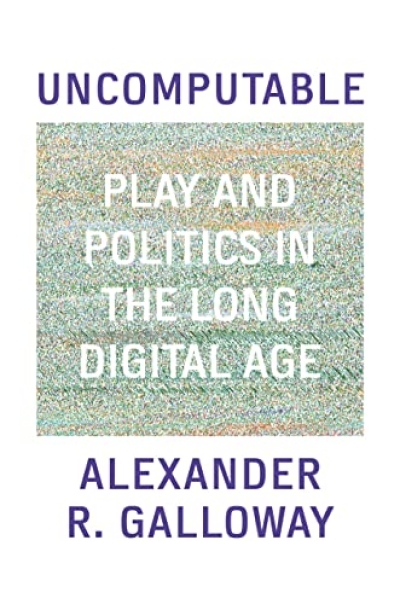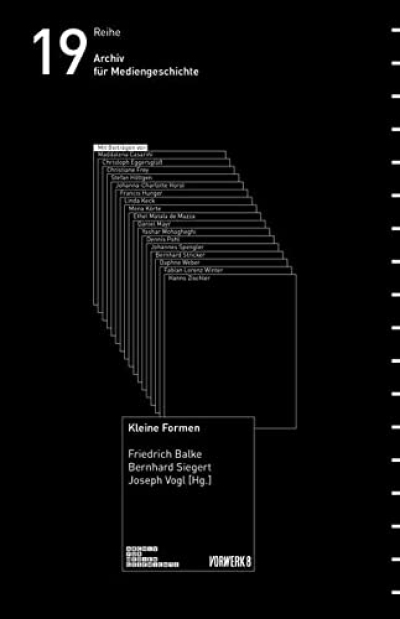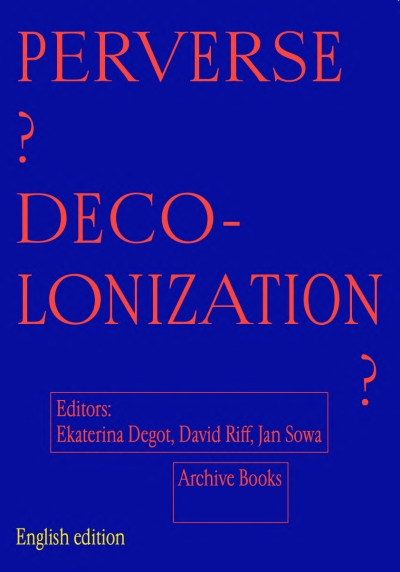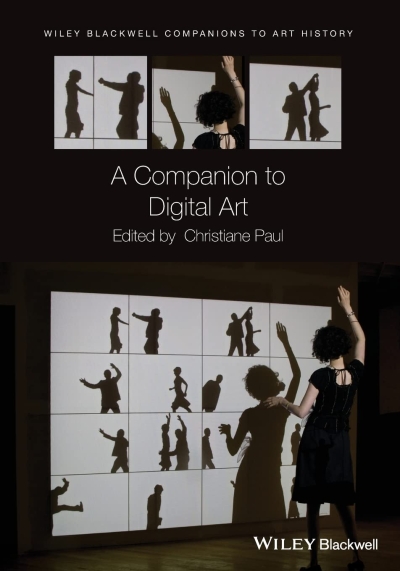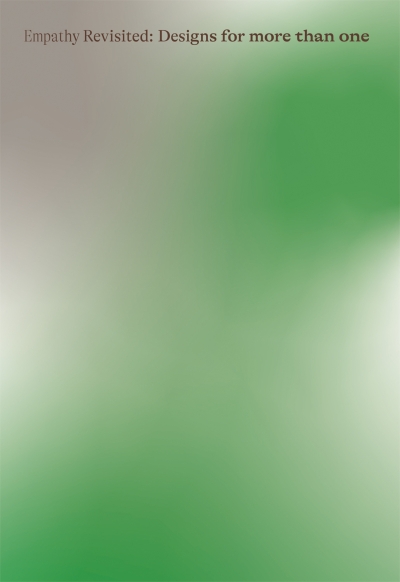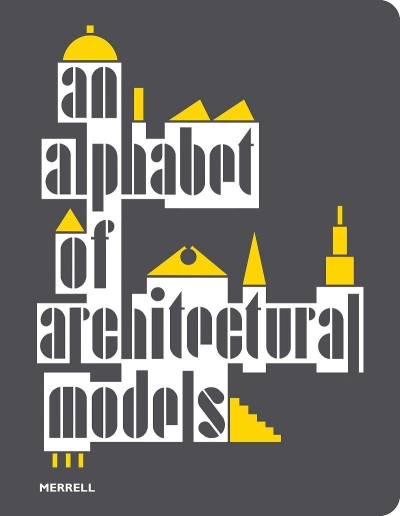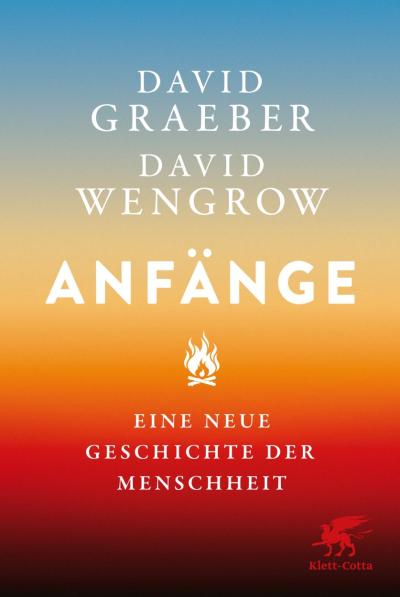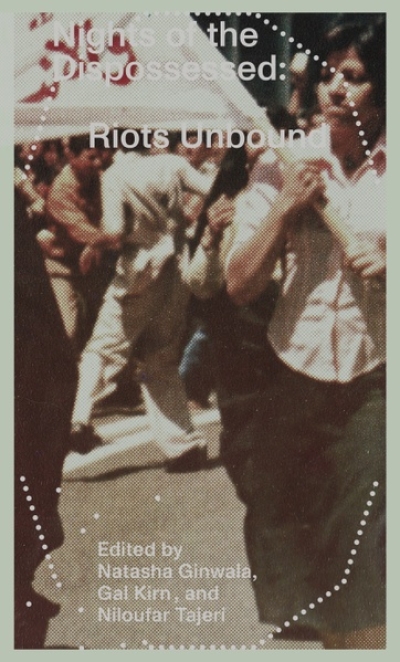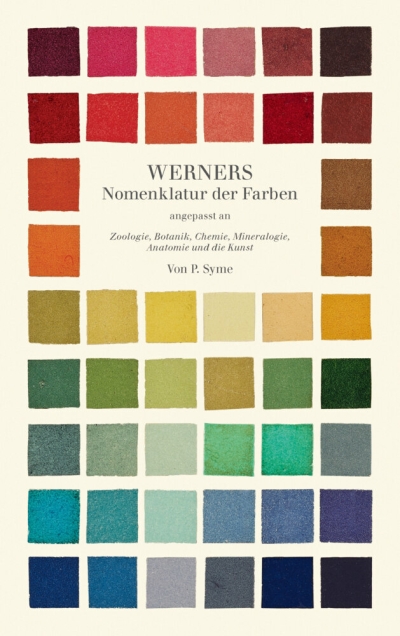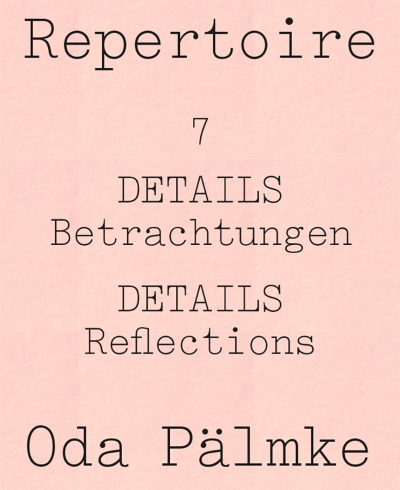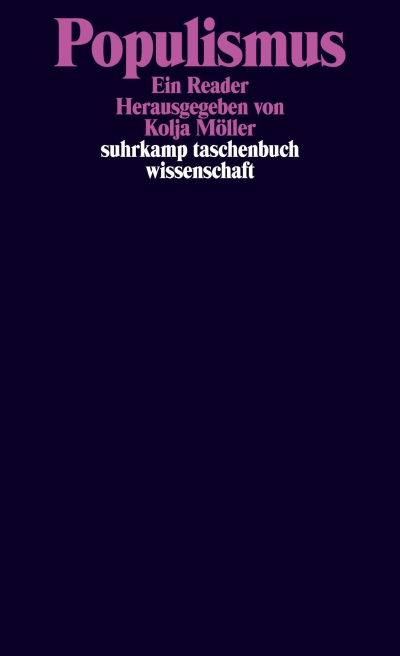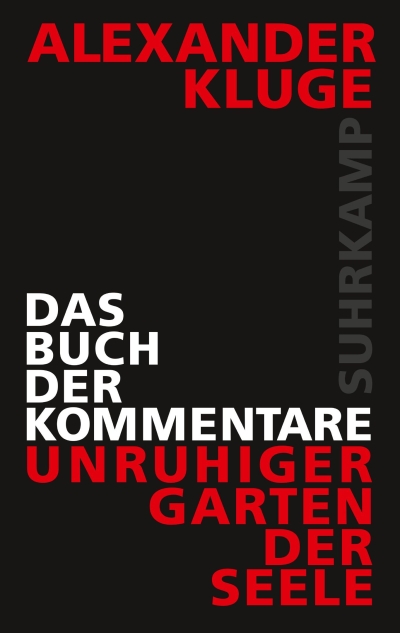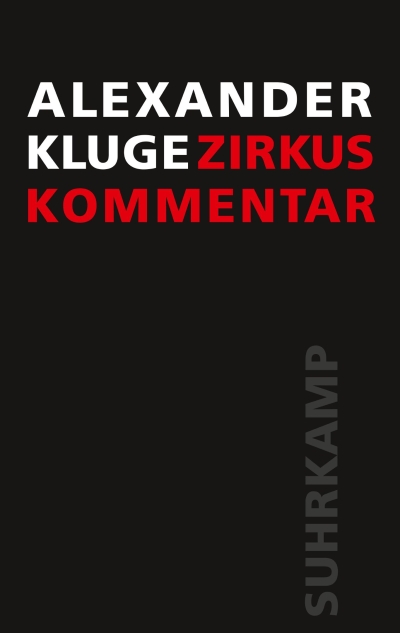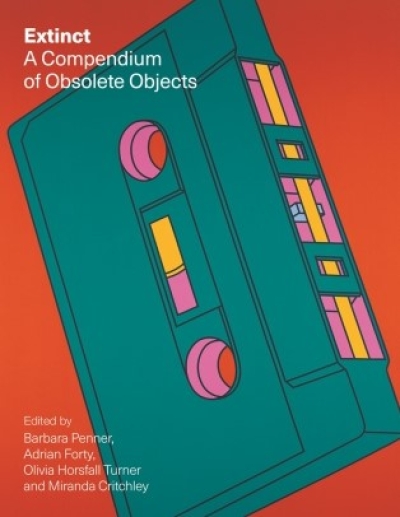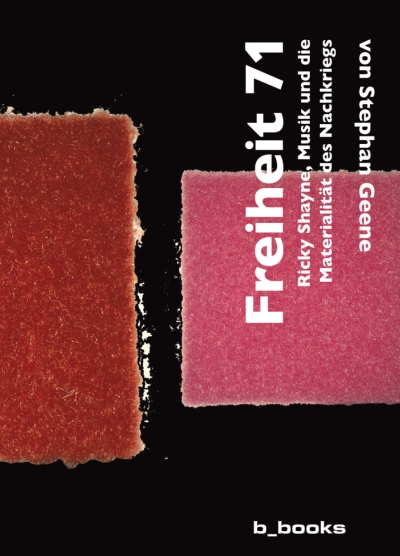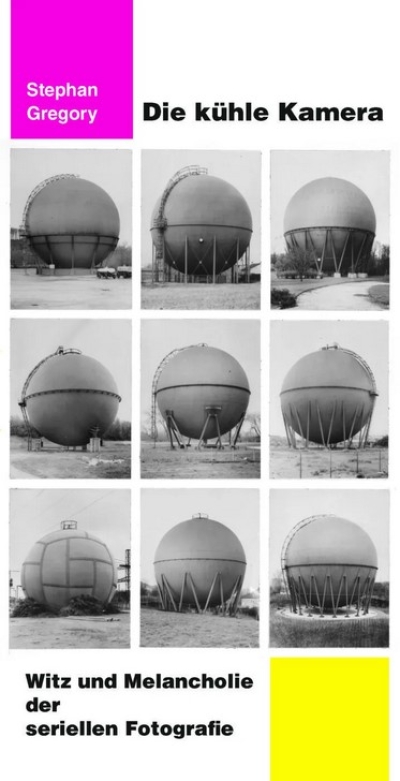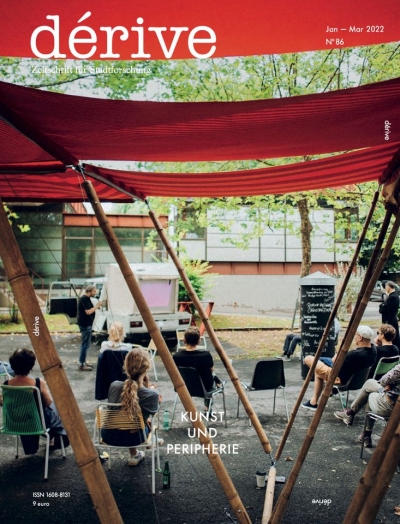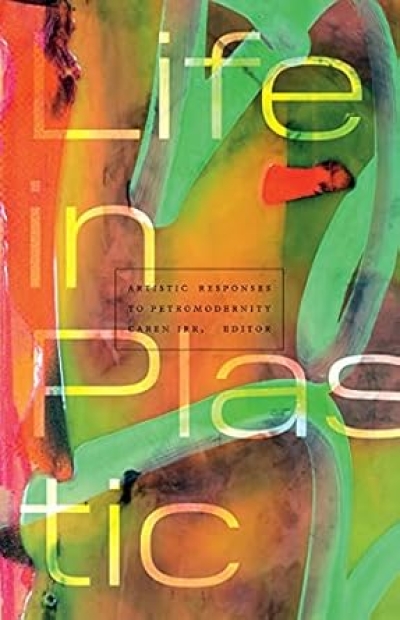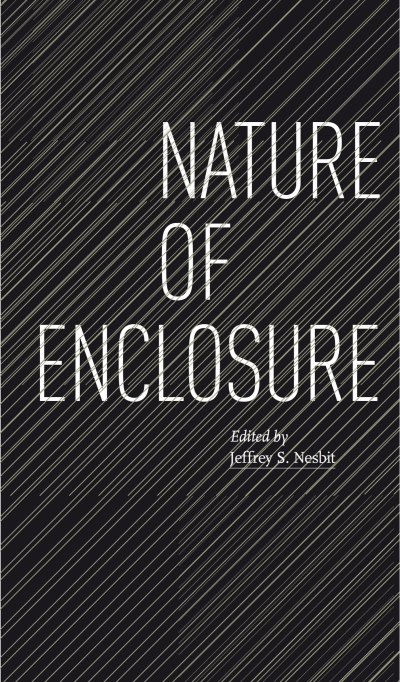
Nature of Enclosure
Nature of Enclosure interrogates the role of architecture and urbanization in a post-pandemic society, to discuss topics from closed forms of capital to the exclusive boundaries of environment and politics.
From Crystal Palace in 1851 to Buckminster Fuller’s Spaceship Earth in 1969, nature became enclosed. Claimed to be a reaction of Norbert Wiener’s cybernetics, Fuller’s geodesic domes became symbols of American counterculture. Yet, from Fuller’s description of Spaceship Earth “sea masters,” the dome seems to prioritize an environment of occupation inside the dome, over those residing outside—a world of civilized control on its interior and wilderness, war, and wasteland on the other side. Overlapped by cultural consumption and politics, planetary imagination stimulates a useful framework for interrogating the human impact on environmental limitations over a technological foreground. The blurry lines between the engineered logic and cultural imagination are continually embedded and influenced by intuition in the cultural practices of capital enclosure. Theories, design practices, and the forms of imagination, including science fiction, open up critical questions on the status of our environment here on Earth.
Nature of Enclosure is a series of conversations to gather experts from a range of disciplines, including architects, landscape architects, architectural historians, design theory scholars, geographers, historians of science and technology, and professionals at the intersection of architecture and the environment. Organized in three parts, (1) Nature of the Synthetic Environment, (2) Air, Capital and the Planetary Imaginary, and (3) Enclosed Boundaries of Political Geographies, this book continues the conversation with a collection of essays as both reflections from the provocative discussions and expanding the discourse of enclosed environments in architecture and design fields.
With Contributions of Daisy Ames, Rachel Armstrong, Daniel Barber, Jordan Bimm, Galo Canizares, Mishuana Goeman, Mariano Gomez Luque, Aleksandra Jaeschke, Lydia Kallipoliti, Ersela Kripa, Mae-ling Lokko, Stephen Mueller, Joshua Nason, Antoine Picon, Shawn Rickenbacker, David Salomon, Fred Scharmen, Julia Smachylo, Geoffrey Thün, Joël Vacheron, and Kathy Velikov.

